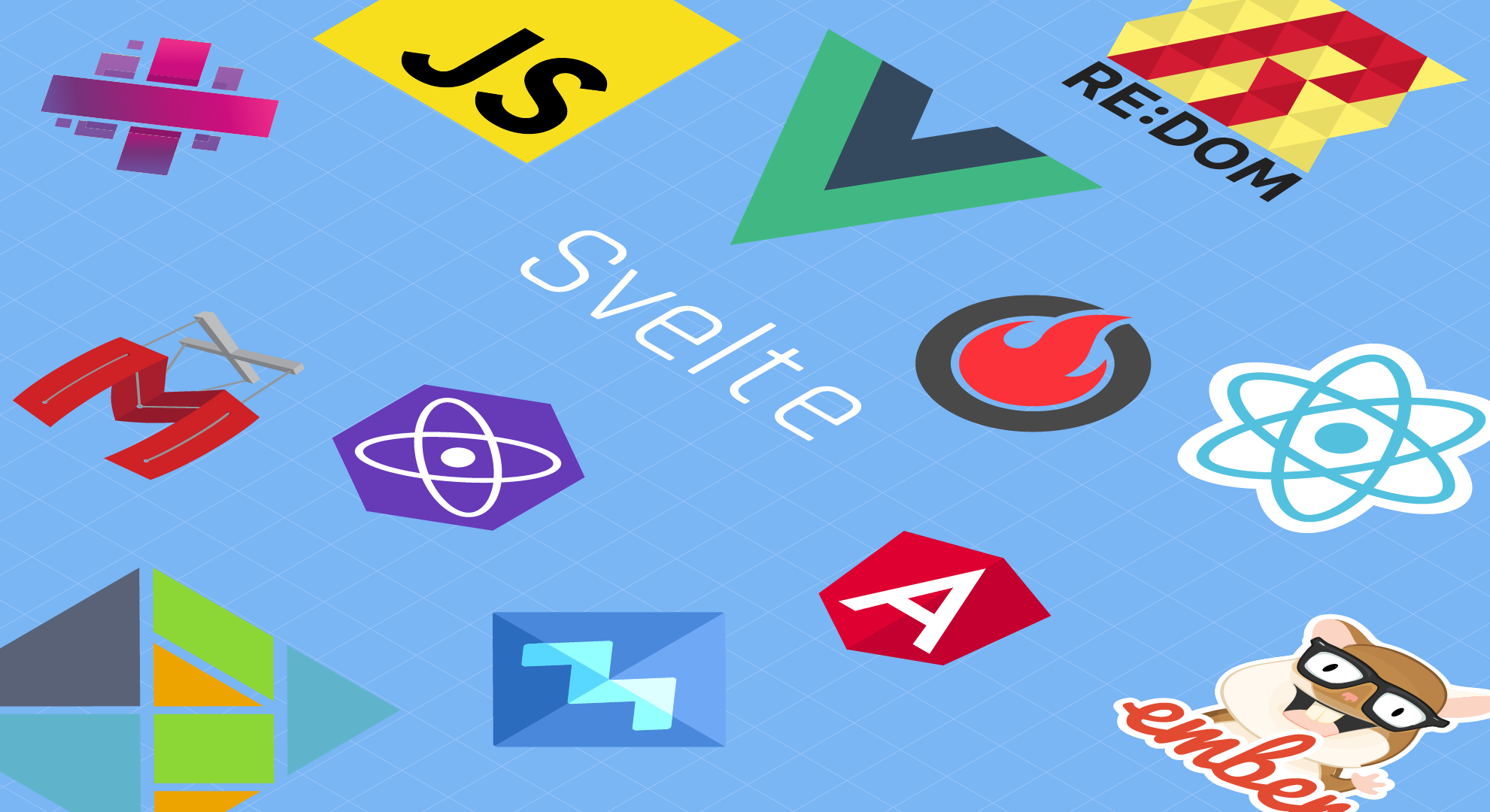Introduction:
In the dynamic world of web development, JavaScript frameworks play a pivotal role in shaping the way developers build and maintain web applications. Over the years, these frameworks have evolved significantly, adapting to changing needs and technological advancements. This article provides a comprehensive comparative analysis of the evolution of JavaScript frameworks, exploring their key features, advantages, and use cases.
Client-Side Frameworks:
Angular:
Angular, developed and maintained by Google, has undergone substantial changes since its initial release. Known for its opinionated structure, Angular embraces TypeScript, providing developers with a statically-typed language for building robust applications. The use of a two-way data binding system simplifies the process of managing and manipulating data, making Angular a powerful choice for large-scale enterprise applications.
React:
Facebook’s React has emerged as a dominant force in the JavaScript framework landscape. Its component-based architecture facilitates the creation of reusable UI elements, promoting a modular and maintainable codebase. React’s virtual DOM ensures efficient rendering, enhancing overall performance. Its popularity has grown exponentially, with a vast community and numerous third-party libraries supporting its ecosystem.
Vue.js:
Vue.js, often referred to as the progressive framework, is designed to be incrementally adoptable. Vue’s simplicity and ease of integration make it an attractive choice for developers, particularly those transitioning from traditional HTML and JavaScript development. Despite being lightweight, Vue.js doesn’t compromise on functionality, offering features like reactive data binding and a flexible component system.
Server-Side Frameworks:
Node.js:
Node.js, built on the V8 JavaScript runtime, has revolutionized server-side development. Its event-driven, non-blocking I/O model allows for scalable and efficient server-side applications. Node.js has gained popularity in the development of real-time applications, such as chat applications and online gaming platforms.
Express.js:
Often used in conjunction with Node.js, Express.js is a minimal and flexible web application framework. It simplifies the creation of robust APIs and web applications, providing a range of features for routing, middleware, and template engines. Express.js is a go-to choice for developers seeking a lightweight yet powerful server-side framework.
Nest.js:
Nest.js, built on top of Express.js, introduces a modular and structured approach to building server-side applications. Its use of TypeScript ensures type safety and code maintainability. Nest.js leverages decorators and modules, making it easy to organize and scale large codebases.
Full-Stack Frameworks:
Meteor:
Meteor is a full-stack JavaScript framework that simplifies the development of end-to-end web applications. Its integrated stack includes a real-time database, server, and client libraries, facilitating seamless data synchronization. Meteor’s simplicity and convention-over-configuration philosophy make it an excellent choice for rapid prototyping and development.
MEAN Stack:
The MEAN Stack, consisting of MongoDB, Express.js, Angular, and Node.js, provides a cohesive and efficient full-stack JavaScript solution. Each component complements the others, offering a seamless development experience. MEAN Stack is widely used for building scalable and maintainable applications, especially in the context of JavaScript’s ubiquity across the entire stack.
Conclusion:
The evolution of JavaScript frameworks has propelled the web development landscape forward, providing developers with an array of tools to build diverse and innovative applications. Whether focusing on the client, server, or both, the choices available today cater to different preferences, project requirements, and development styles. As technology continues to advance, the JavaScript ecosystem will undoubtedly witness further evolution, with frameworks adapting to new challenges and opportunities.


